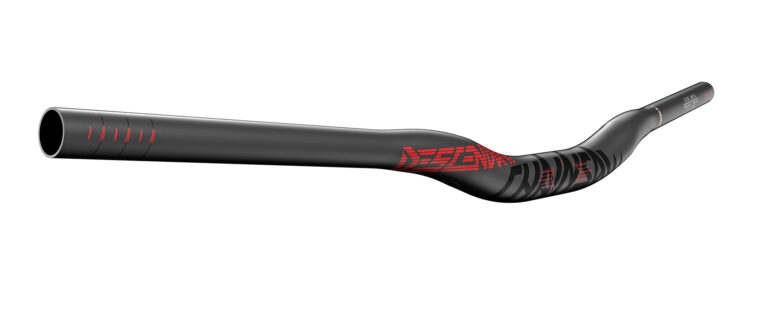High Performance Manager Darren Roberts on why he needs to listen to athletes and to not just look at the stats.
Athletes can seem like straightforward characters to deal with, all they want to do is ‘win’… right? The reality of course is far more complex, just like the athletes themselves are far more complex. As a ‘performance’ guy it’s easy for me to lose myself in the continual physical progression of the athletes as I strive to continually make them faster, fitter, stronger, more powerful. This in itself is not as straightforward as it sounds. Performance is small things done well over time, the ordinary done extraordinarily well to try and improve capacity and the athletes ability to tolerate their sport. As the benefits aren’t immediately obvious, it’s important to assess, monitor and re-assess where the athlete is at, to show improvement. That’s OK, and ultimately necessary, but it’s easy to lose yourself in this process as a coach. The numbers can become king as the pursuit of physical improvement takes over as the sole outcome, which is completely understandable as a ‘performance’ practitioner, it’s what we’re paid to do.
In my experience the more you treat an athlete like a set of key performance indicators, data points and soft tissues to be manipulated with adaptations, the more you will be a limiting factor to their performance. Athletes are, obviously, people… so treat them exactly like that, as a person. Science might not care what an athlete believes, but it’s those beliefs which can drive an athlete to achieve great things. They have hopes, doubts, desires, dreams, with very real consequences to success and failure all in front of a crowd. I’m not talking about sports psychology, as a performance practitioner you’re probably the person the athlete spends most time with outside of partners, friends and family. This is simply understanding and treating the athlete as they are, a complex and fallible person with the same feelings as a person should have.







